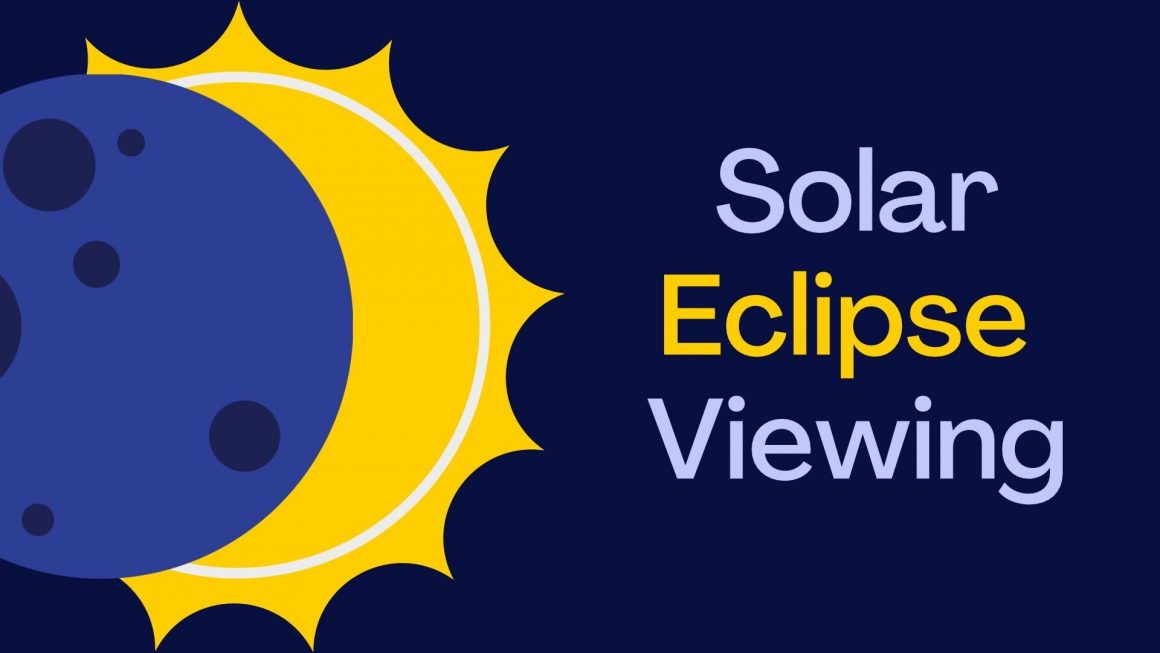
Pop-up observatory for partial solar eclipse at the U of C
By Kimberly Taylor, April 5 2024—
On Apr. 8 at 11:48 a.m., a partial solar eclipse will occur. However, looking directly at the sun is dangerous and can permanently damage your eyes. So how can you experience this phenomenon safely?
One way is to come to the pop-up observatory in the green space next to the Taylor Institute and Engineering buildings on campus. In an interview with the Gauntlet Dr. Jeroen Stil, Associate Professor in Astronomy in the Department of Physics and Astronomy, explained that starting at 11:30 on Apr. 8, anyone can drop by to use special solar telescopes, and a limited number of solar eclipse glasses, as well as remote viewing of the total eclipse.
“For anyone who wants to come to look through the telescopes during the partial eclipse to give people a fantastic view of the eclipse, but also most importantly, a safe view of the eclipse,” said Stil. “You should not look directly at the sun without special equipment. We will provide the special equipment. We have a limited supply of eclipse glasses that people can put on to watch. We will have special solar telescopes as well so that you can see the eclipse magnified and safely.”
Stil said that the eclipse will begin at 11:48 a.m., with the maximum at 12:43 p.m., ending at 1:38 p.m.
“The eclipse will start at 11:48 [because] that’s when the first little dent will be visible in the sun and nearly an hour later it will appear as if somebody took a big bite out of a cookie, that will be the shape. There will be a lot of information available on site.”
Stil also emphasized that the sky needs to be relatively clear for the partial solar eclipse to be visible and that if the weather does not cooperate the pop-up observatory will be cancelled as there will be nothing to view. The Rothney Astrophysical Observatory (RAO) Instagram will have the latest updates.
“It’s a good weather event. For now, the forecast looks very good for Monday, but if it’s cloudy it’s cancelled. If you can see your shadow outside, if you cast a shadow in the sunlight, then it’s worth coming.”
Stil organized the first pop-up observatory in 2014 for the partial eclipse on Oct. 22 for his students in Astronomy 207, and eventually, word spread and it became a community event for anyone who wanted to share in the excitement of seeing this rare natural phenomenon.
“The first time we did this was an amazing coincidence. I was planning a course, Astronomy 207, and I knew that there was going to be a partial eclipse in Calgary that term, and when I checked the details it was happening exactly during lecture time. “
“Organizing something for 400 people on campus outside is not going to go unnoticed, people found out, it got rolling and we opened it up for everybody and that was the first pop-up observatory, and it was a great success,” Stil continued.
Stil remains enthusiastic about eclipses ten years later and shared that the main goal of the pop-up observatory is to share the wonder, beauty, and excitement with anyone who comes.
“The main goal is to share the wonder. An eclipse is a rare phenomenon, even a partial eclipse. To share the beauty of it and maybe some information. And of course, we would like people to be aware of what we do, research and teaching of astronomy here at U of C. It’s the excitement of the stunning natural phenomenon, and to share that excitement.”
However, if you are unable to come to the pop-up observatory there is another way to view the eclipse: a pinhole camera. Stil reiterated how important it is not to look directly at the sun, and that the equipment that the pop-up observatory uses is specialized and special solar filters cannot be made at home.
“Don’t look directly into the sun. Do not try to watch this directly if you don’t have the equipment. The pinhole camera is a great way,” said Stil.
The RAO also has regular space nights that are updated on its public events page.
